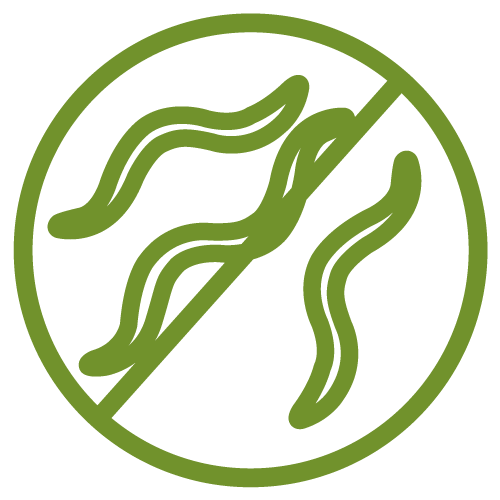Biopesticides
Given the growing social concern related to the effects on the
environment and food safety, raised by the excessive use of chemical
synthesis products for the control of pests and crop diseases,
biopesticides are positioned as an important solution to these
problems.
They are mainly bacteria, but Biopesticides are also products derived
from fungi or bacteria, such as Trichoderma spp. and Bacillus subtilis,
which have become a key component in integrated pest management
programs and are gaining in importance as a means of reducing the
amount of synthetic pesticides used to control crop pests and
diseases.
In most production systems, they are not seen as total
substitutes for synthetic pesticides, but rather as a complement
and a way of being able to rotate the products used in a way that
delays or eliminates the appearance of resistance to insecticides.
hazardous waste.
impact on the
species that are not
the object of
the treatments.
produced they can be
cheaper than
chemical insecticides.
can also be more
effective than
synthetic pesticides.
These don’t produce hazardous waste and significantly reduce the
impact on the species that are not the object of the treatments.
In addition, the advantages are increasingly valued, as the price of
treatments decreases and the amortization time of biological
pesticides shortens: they are more effective in the long term, they
don’t produce persistent hazardous residues, they have less
impact on non-target species, and, sometimes, can be created by the
producers themselves.
Within these biopesticides, we can find biofungicides,
bionematicides and bioinsecticides, which work
specifically for different types of treatment.
Factors driving the use
of bio-inputs
for safe food
products.
safety through
sustainable practices.
in the use of
chemical synthesis
products.
improvement in
Good Agricultural
Practices.
We develop products
with high efficiency
and selectivity


Bionematicides


Phytovaccines

Biofungicides